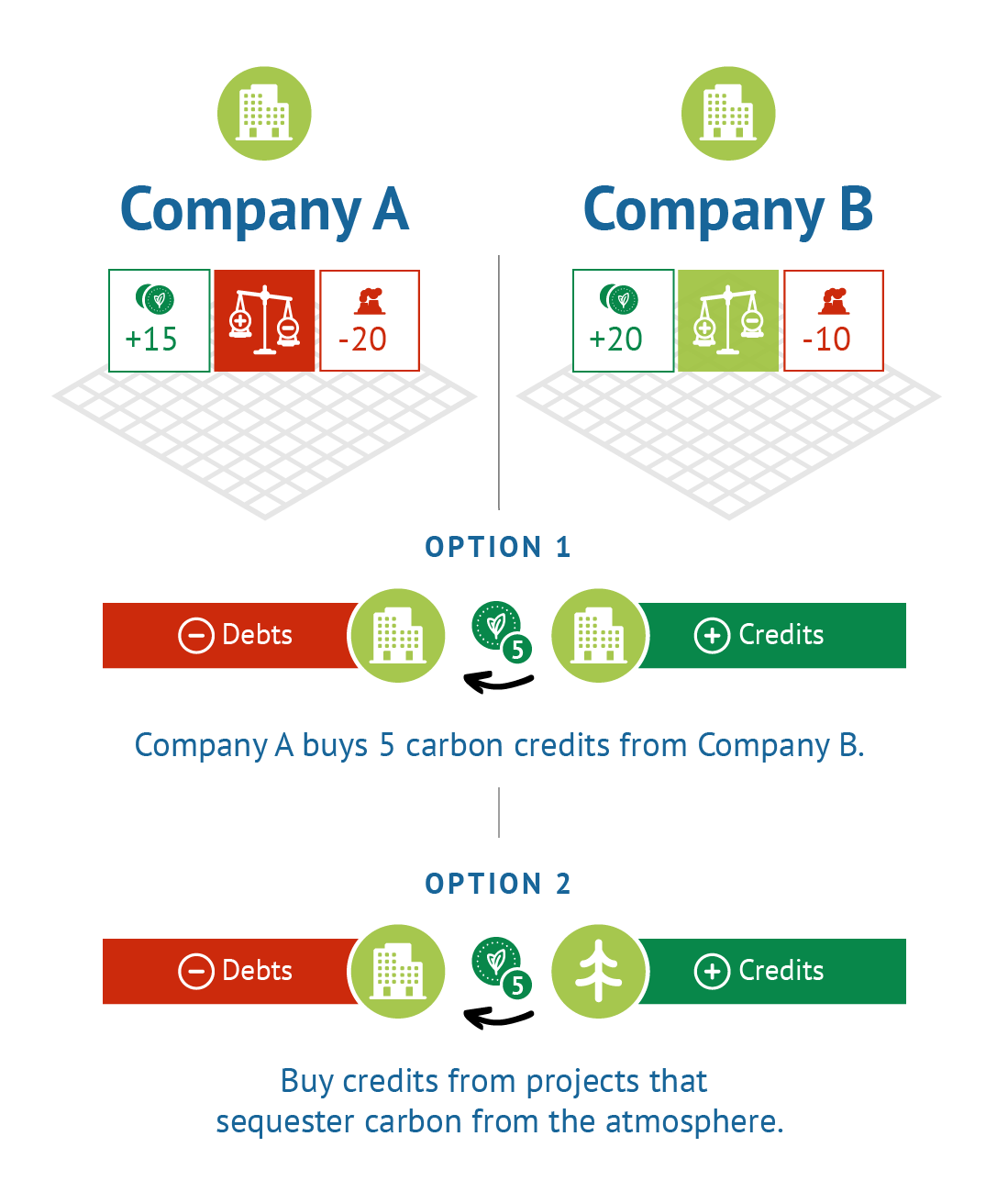A Scaled Problem Requires a Scaled Solution
The act of planting trees on a scale will slow climate change, improve water quality, stabilize soil erosion, generate new wildlife habitat, improve air quality, and create new jobs.
Today, we have entered the Sixth Extinction. The decline of biodiversity and their extinction rate is accelerating to a point that endangers us all. Our climate is seeing an unprecedented trajectory of carbon emissions. What was previously thought to be a 100-year problem, is now a 20- to 35-year tragedy. A study by The National Academy of Sciences states that reforestation is the most scalable, deployable form of technology to fight climate change. According to IPCC, one-third of the global emissions since 1750 have come from deforestation. Planting trees on scale would reduce the rise in global temperature.
Why Carbon Credits?
Carbon sequestration is the number one way to reverse climate change. While there are various approaches to carbon sequestration, reforestation is seen by many stakeholders as a more practical way of meeting global carbon sequestration targets. Compared to other approaches, reforestation is less expensive to implement, has a huge potential for global scalability, and offers forest landowners the opportunity to generate higher revenue through carbon credits trading.
A carbon credit is a tradable financial instrument that permits individuals or organizations that hold it to emit a ton of carbon dioxide into the atmosphere. Many climate enthusiasts consider it an innovative way of incentivizing entities that emit less carbon dioxide into the atmosphere and de-incentivize those that emit more carbon dioxide. For instance, let’s say Company A has a carbon quota of 15 tons and emits 20 tons into the atmosphere and Company B has a quota of 20 tons and emits just 10 tons. In this case, Company A has two options. It can either buy 5 carbon credits from Company B to offset its carbon debt or buy from projects that sequester carbon from the atmosphere—for example, Conservation+ and GreenTrees reforestation projects.
Because carbon credits are highly valued by entities willing to offset their carbon emissions and because trees and forests are great for capturing and storing carbon, forest landowners have a unique advantage of generating revenue from their trees by participating in carbon credit trading.






